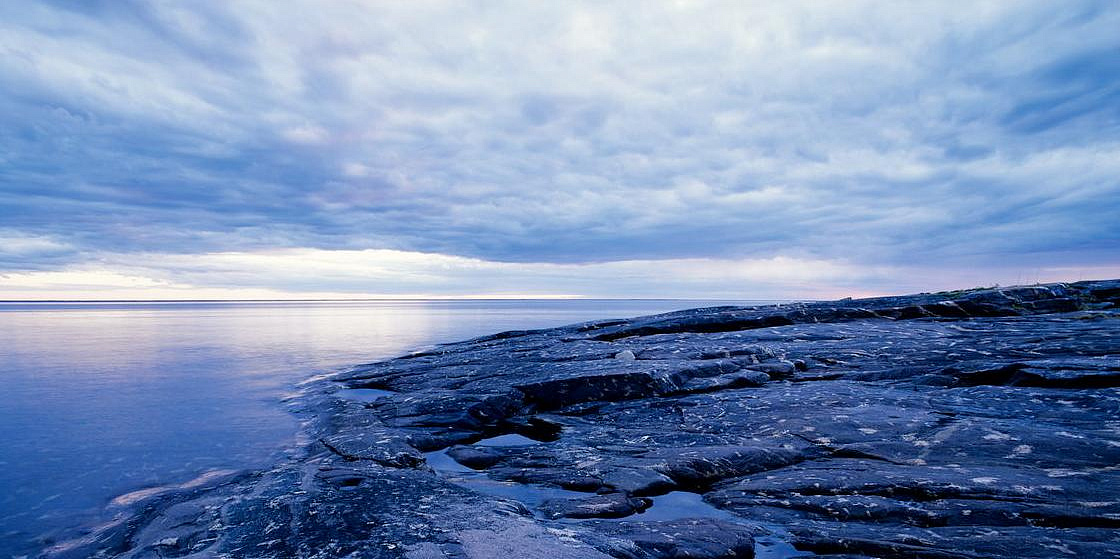
Photo: Daniil Bondar / GeoPhoto
President Putin’s Arctic Directives
The presidential directives issued as a follow-up to the Eastern Economic Forum held in September this year were published at the Kremlin’s official website. Below is the recap of those concerning the Russian Arctic. The Government and respective executive bodies were instructed by the President, inter alia, to:
— Draft a bill providing for the introduction of non-stop monitoring of aquatic and atmospheric environments at Russia’s ports handling dusty and/or bulk cargo. In the Arctic, this directive is applicable to the Murmansk Sea Port, a major coal exporting hub of the region.
— Consider launching test projects in carbon management and sequestration in the regions other than Sakhalin Oblast. This way, the national carbon market system will be tested outside Sakhalin, which has been initially selected as a pilot region.
— Draft a bill to design and implement a national permafrost monitoring system under the Federal Service for Hydrometeorology and Environmental Monitoring and allocate funds for the establishment thereof.
— Consider the construction of three tidal power plants (to be located in the Mezen Bay, the Tugur Bay and Penzhina Bay respectively) to produce hydrogen and ammonia, conduct their performance assessment, and investigate the possibility of attracting international partners. Increasing the share of renewables in the overall energy balance is one of Russia’s top priorities.
— Organize an international expedition to the High Arctic at the North Pole drifting ice-resistant station.
— Ensure that, by the end of 2023, the capacity of schools in the Far Eastern regions of Russia is increased by 21,500, and more than one thousand school buildings undergo renovation by the end of 2026. This will help to not only improve the primary and secondary education infrastructure in the Far East but also give young families one more incentive to stay in these regions rather than moving to European Russia.
— Consider opening a year-round transit cargo line on the Northern Sea Route in 2022. To this end, to take steps aimed at ensuring that all necessary port facilities, as well as safety and navigation infrastructure are in place.
Some of these directives have a special meaning in the Arctic context.
For instance, the directive to speed up the process of implementation of a national permafrost monitoring system gives green lights to the efforts to design and deploy one in the nearest future. This step is of utmost importance for the Russian Arctic, as its cities and villages are built on permafrost.
In turn, the directive to commence year-round navigation on the NSR marks an important (and long-awaited) milestone in Russia’s expansion in the High North. It opens the way for establishing a freight line potentially capable of serving as a viable alternative to conventional sea routes connecting Southeast Asia and Europe.
Constructing several tidal power plants in the Arctic and Far East may also be seen as one of key directives. It is the tidal power plants that will generate clean energy for producing blue and green fuels to be globally marketed by Russia. In turn, making international partnerships to implement these projects is seen by many in Russia as a means of “resetting” this country’s relations with the West and giving them a new impulse.
Arctic Today is a column by PORA CEO Alexander Stotskiy analyzing major international, national and regional events and trends in the Arctic.



